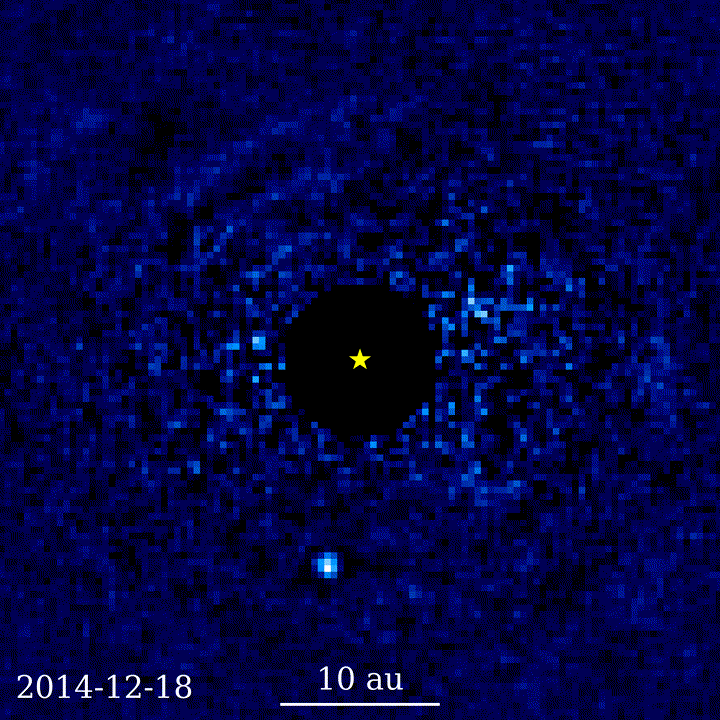Gemini Observatory

Credit: Gemini
The Gemini Observatory is made up of 2 identical 8.1 metre telescopes. They are high up on mountains in the Northern and Southern Hemispheres where the air is dry and stable. Gemini North is on Mauna Kea in Hawaii, USA. Gemini South is on Cerro Pachon in Chile. Together, they can collect data from almost the entire sky. The only areas of sky they cannot see are above the north and south poles.
Several countries work together to run the telescopes. These are the USA, Canada, Chile, Brazil, Argentina and Korea. The UK was once a part of this group, but left in 2012 due to lack of funds.
Gemini North started observing in 1999. Gemini South started observing in 2000. Both can collect visible light and infrared light.
Both telescopes also have tools called adaptive optics systems. These quickly react to any changes in the air. They adjust the mirrors and stop images from looking 'blurry'. This means 2 objects which appear close to each other in the sky will not blur into 1 blob. Tools like this help show us the Universe in greater detail.
One of Gemini's instruments is the Gemini Planet Imager (GPI). This hunts for young gas giants in orbit around nearby stars. The GPI can look for the heat of these exoplanets using an infrared detector. The first exoplanet found using the GPI was 51 Eridani b. It is 96 light years from Earth and about 20 million years old.

Credit: Jason Wang (Caltech)/Gemini Planet Imager Exoplanet Survey

